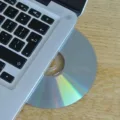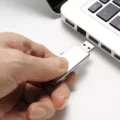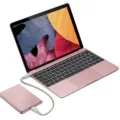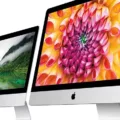Are you looking for a way to transfer files from your Macbook Pro to a USB drive? If so, you’re in the right place. In this blog post, we’ll walk you through the process of transferring files from your Macbook Pro to a USB drive.
Before getting started, it’s important to note that most USB drives are formatted with NTFS, which is only readable on Windows machines. Therefore, you won’t be able to write data directly onto the USB drive from your Macbook Pro. You will need to use an adapter such as a USB-C to USB adapter in order to connect your USB drive and other external devices such as cameras and flash drives.
Now that you have all the necessary equipment, let’s get started! To start off, open up the Finder window on your Macbook Pro by clicking on the Finder icon in the Dock. Once the Finder window is open, select one or more folders or files that you want to transfer from your Macbook Pro onto your USB drive. Hold down either the Command key or Control key while clicking multiple items if needed. When all of the folders and/or files are selected, right-click and select “Copy”.
Next, navigate over to your USB drive in the Finder window and right-click again and select “Paste”. This will transfer all of your selected folders/files onto your USB drive!
And there you have it – now you know how to transfer files from your Macbook Pro onto a USB drive! All it takes is a few clicks of the mouse and some patience – no additional software is required! We hope this blog post has been helpful in guiding you on how to do this task properly.
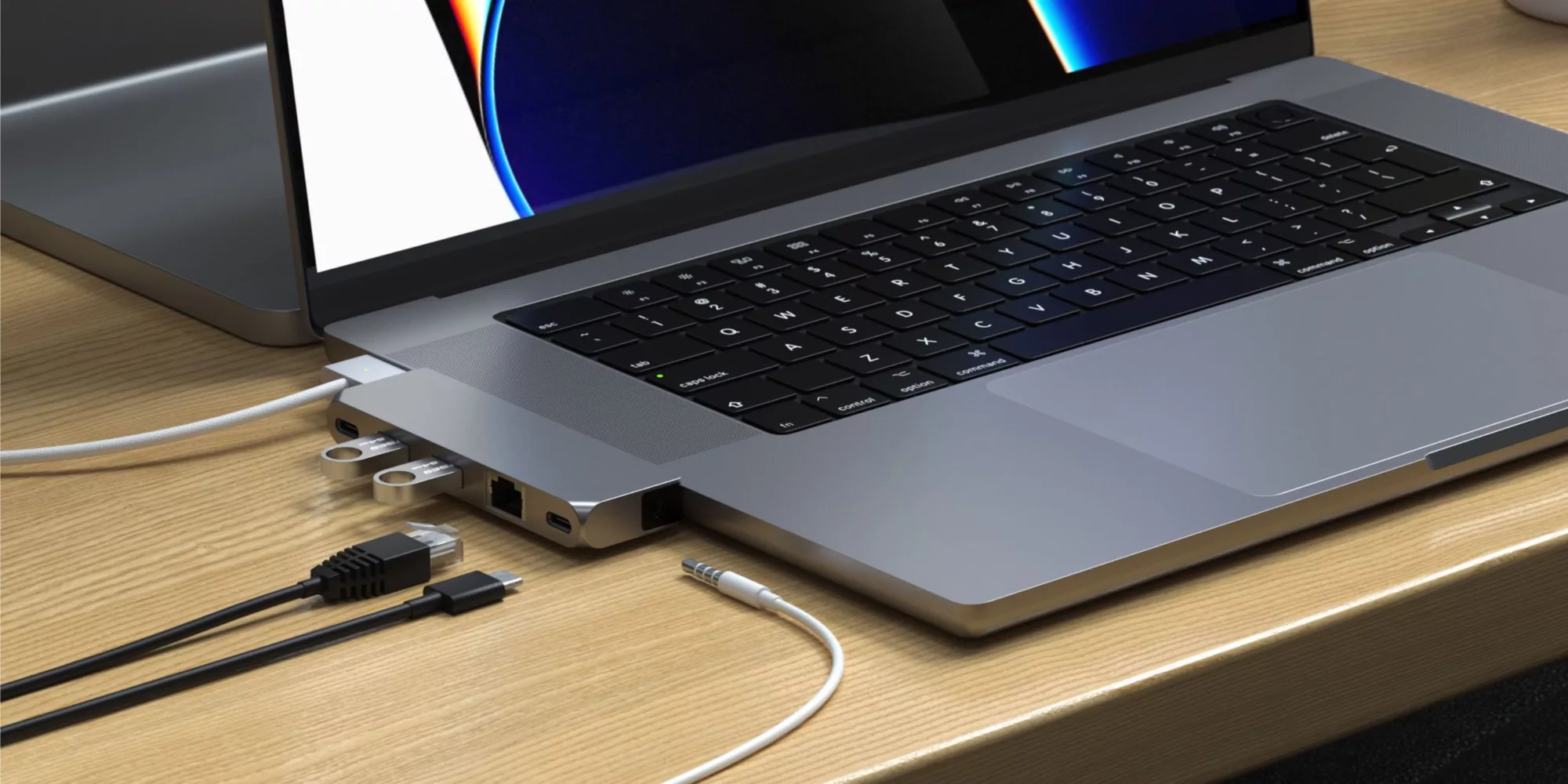
Transferring Files from a Mac to a Flash Drive
To transfer files from a Mac to a flash drive, first, plug the flash drive into your Mac. The flash drive should appear on your desktop and in the Finder sidebar under Locations. Next, select the files you want to transfer and drag them onto the flash drive icon. Finally, eject the flash drive safely by dragging its icon to the Trash or selecting it and choosing File > Eject [name of device].
Troubleshooting Issues When Copying Files From Mac To USB
There are a few possible reasons why you may not be able to copy files from your Mac to a USB drive. First, the USB drive may be formatted with a file system that is not compatible with your Mac, such as NTFS. If this is the case, you will need to reformat the drive to an appropriate file system (such as MS-DOS FAT or exFAT) before you can transfer files.
Another potential issue could be that the permissions on the USB drive are set to read-only, preventing you from writing data on it. To fix this, you will need to change the permissions of the drive so that your Mac can write data onto it.
Finally, if you’re still having issues transferring files onto your USB drive, it’s possible that there could be an issue with either the USB port or cable itself. You can try using a different port or cable and see if that resolves your issue.
Connecting a Normal USB to a MacBook Pro
To connect a normal USB device to your MacBook Pro, you’ll need to use a USB-C to USB Adapter. Begin by plugging the USB-C end of the adapter into a USB-C or Thunderbolt 3 (USB-C) port on your Mac, then connect your flash drive, camera, or another standard USB device to the other end of the adapter. Once connected, your device should be recognized and ready for use.
Copying a Folder from Mac to a Pendrive
To copy a folder from your Mac to a pen drive, start by selecting the folder you want to transfer. You can select multiple folders by holding down the Command key and clicking on each item. Once you have selected the folders, right-click and select “Copy”. Next, plug in your USB drive and open it. Right-click inside the USB drive and select “Paste”. The files will begin transferring to the USB drive. When the process is finished, you can safely unplug your pen drive and it will contain the copied folder.
Troubleshooting Issues with Copying Files to USB
It could be that the file you are trying to copy is too large for the existing file system on your USB. Most USB flash storage devices come with a default file system, FAT32, which has a maximum file size limit of 4GB. To transfer larger files, you will need to format your USB and switch the existing file system to exFAT, which can accommodate files larger than 4GB.
Transferring Files to a USB Flash Drive
To transfer files to a USB flash drive, start by plugging the USB flash drive directly into an available USB port. Next, select your desired file by clicking on it. Then, hold down the Ctrl key on your keyboard and press C to copy the file. Navigate to the desired folder destination where you want to store the copied file on the USB flash drive. Finally, hold down the Ctrl key and press V to paste the file onto the USB flash drive. Once complete, your file will be successfully transferred!
Getting Mac to Recognize USB Drive
First, make sure that the USB drive is compatible with your Mac. Once you have confirmed compatibility, connect the USB drive to an available USB port on your Mac. If the USB drive isn’t automatically recognized, you may need to manually mount it. To do this, open Finder and select Go > Go to Folder from the menu bar. Type “/Volumes” in the box and click Go. You should see a list of available devices; double-click on your USB drive to open it and view its contents. If your USB drive still isn’t recognized, restart your Mac and try again. You may also want to try using a different cable or port on your Mac if possible.
Transferring Files from Mac to PC Easily
The easiest way to transfer files from a Mac to a PC is by using an external drive. First, connect the external drive to your Mac and use Finder to drag and drop the files you want to transfer onto the drive. Next, disconnect the external drive from your Mac and connect it to your PC. Launch File Explorer on your PC, then drag or copy the files from the external drive onto your PC. That’s all there is to it!
Do MacBook Pros Have USB Ports?
Yes, MacBook Pros still have USB ports. The latest models released in 2021 and 2022 have both Thunderbolt / USB 4 ports and regular USB-A ports. The 13-inch MacBook Pro (M2, 2022) has four Thunderbolt / USB 4 ports and two USB-A ports, while the iMac (24-inch, M1, 2021) has two Thunderbolt / USB 4 ports and four USB-A ports. Older MacBook Pro models released before 2021, typically have two to four USB-A ports depending on the model.
Transferring Photos and Videos from Mac to Pendrive
Transferring photos and videos from your Mac to a pen drive is a simple process. Firstly, connect your pen drive to your Mac using an appropriate USB cable. Once connected, open the Finder window and select the photos and videos you want to move. Then drag and drop the selected items onto the pen drive icon in the Finder window. You can also choose File > Copy from the menu bar and then paste them into the pen drive folder. Once all files have been copied, you can safely eject your pen drive by selecting it in Finder, then clicking on Eject in the top-right corner of the window. Your photos and videos will now be stored on your pen drive for you to view or share as needed.
Transferring Files From Mac to Sandisk
Transferring files from your Mac to a SanDisk device is simple and straightforward. First, connect the SanDisk device to your Mac using a USB cable or an adapter. Depending on your model of SanDisk device, you may need to install additional drivers or software before you can move files between the two. If so, refer to the manufacturer’s instruction manual for how to do this.
Once your SanDisk device is connected and ready for use, open the Finder app on your Mac. In the sidebar of the Finder window, select the name of your SanDisk device from the list of mounted drives. You can then drag and drop any files that you want from your Mac onto your SanDisk device, or vice versa. When you’re finished transferring files, make sure to safely eject the SanDisk device before unplugging it from your Mac.
Conclusion
In conclusion, USB drives are a convenient and reliable way to transfer data between computers and other devices. They are small, portable, and can be used with both Windows and Mac computers. They offer a variety of storage capacities so you can store files and folders of all sizes. USB drives are also relatively inexpensive and easy to use, making them an ideal choice for storing and sharing important documents, photos, music, and more.

